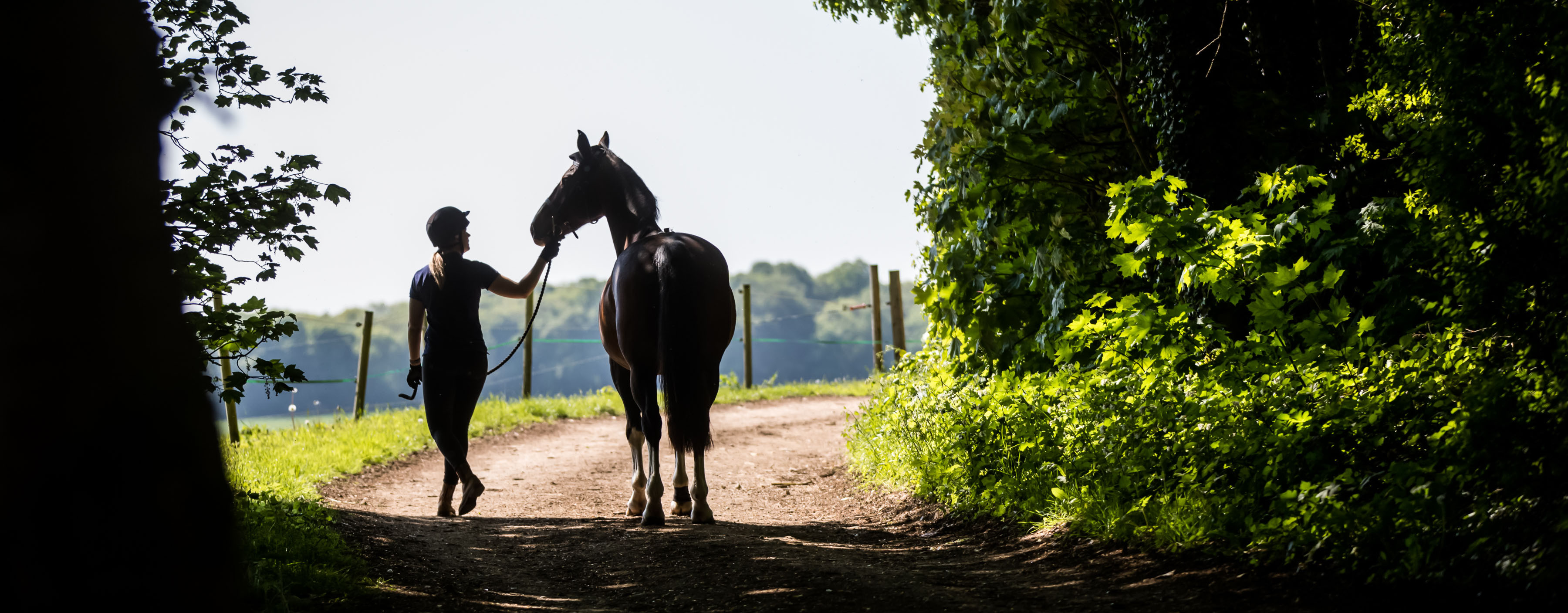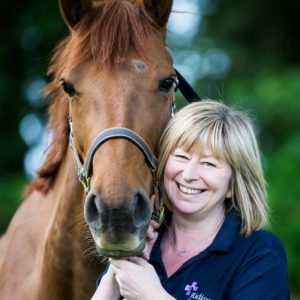Below are our latest entries on our blog - which our vets have put together to give you summaries on some equine health conditions, as well as some posts giving you information such as what happens in our days!
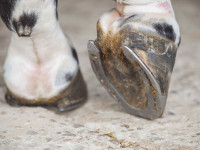
The old saying ‘no foot no horse’ couldn’t be more true and this time of year we are seeing a lot of lame horses due to foot problems. It looks like the long dry spell has come to an end
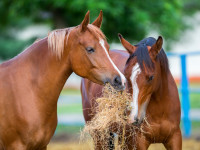
2018 has been a record breaking summer due to the weather, and it’s not over yet. The long hot dry spell has led to many horse owners worrying about hay and straw shortages this winter.
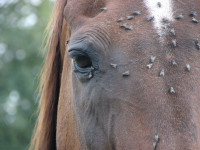
Has anyone else noticed an increase in the number of flies over the past week or so? I think the small amount of rain we have had, although much needed for the fields, has potentially caused fly numbers to increase.

What are gastric ulcers? Equine gastric ulcer syndrome is a relatively common condition which affects a horse’s stomach lining. They occur due to a breakdown in the stomachs natural ability to protect itself from acid, which is constantly excreted as…
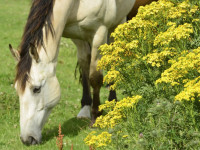
RAGWORT CONTROL is difficult. The plant is very hardy and if you have a RAGWORT problem you need to devise an annual control program. It won't go away with one treatment.
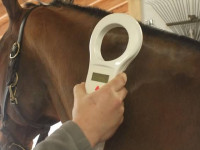
On the 25th June 2018 the Government introduced new legislation in relation to equine microchipping, to help prevent abuse and improve horse welfare. What is the new legislation and why has it been introduced?

Have you ever thought about what your saddle can tell you about your horse? It is often assumed that if a saddle is slipping to one side, that this is the fault of the rider being "crooked", a poorly fitting…
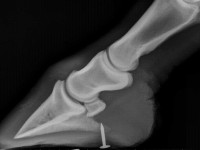
It’s a horse owners worst nightmare – you find a nail in your horse’s foot. What you do next could literally save their life! A nail in the foot is a potentially life threatening condition and it’s important to know…
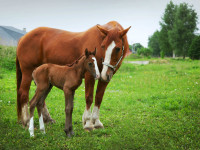
I blinked, and May has already been and gone. The month has well and truly blessed us with some long awaited glorious weather, we’ll just forget about the odd few days of torrential rain in between.
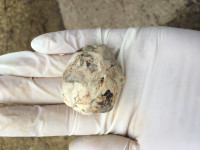
I’m afraid this week’s blog may only be useful for those of you with male horses. But Sheath Care is an important topic and something we get asked about a lot as vets. Hopefully the following information helps answer some…
